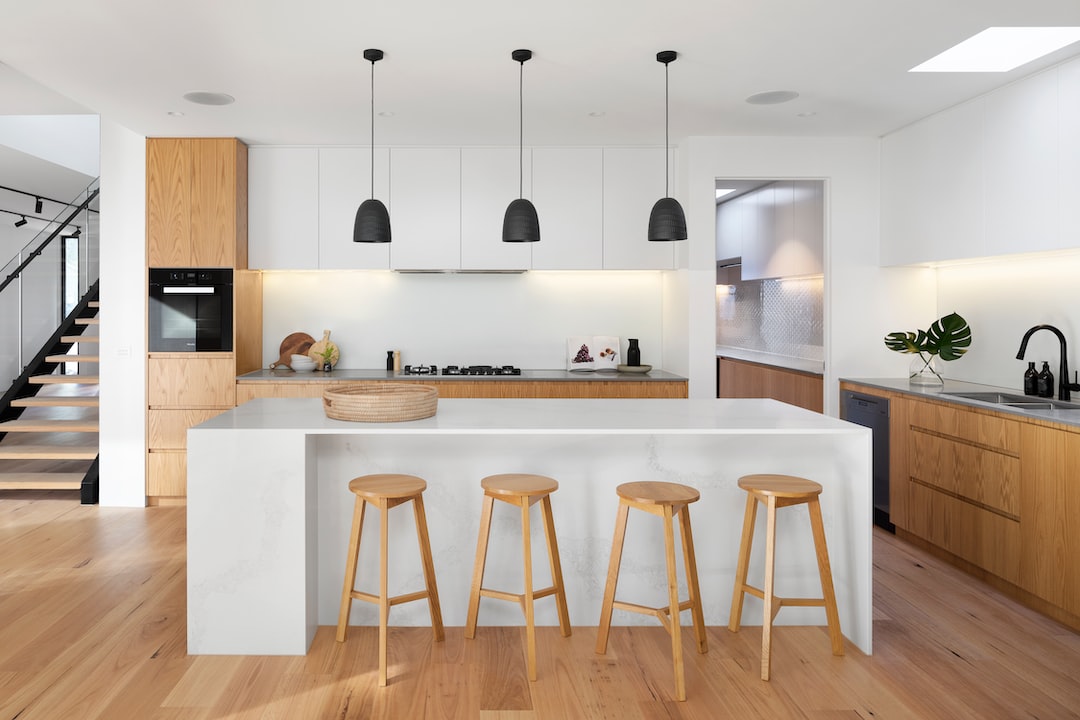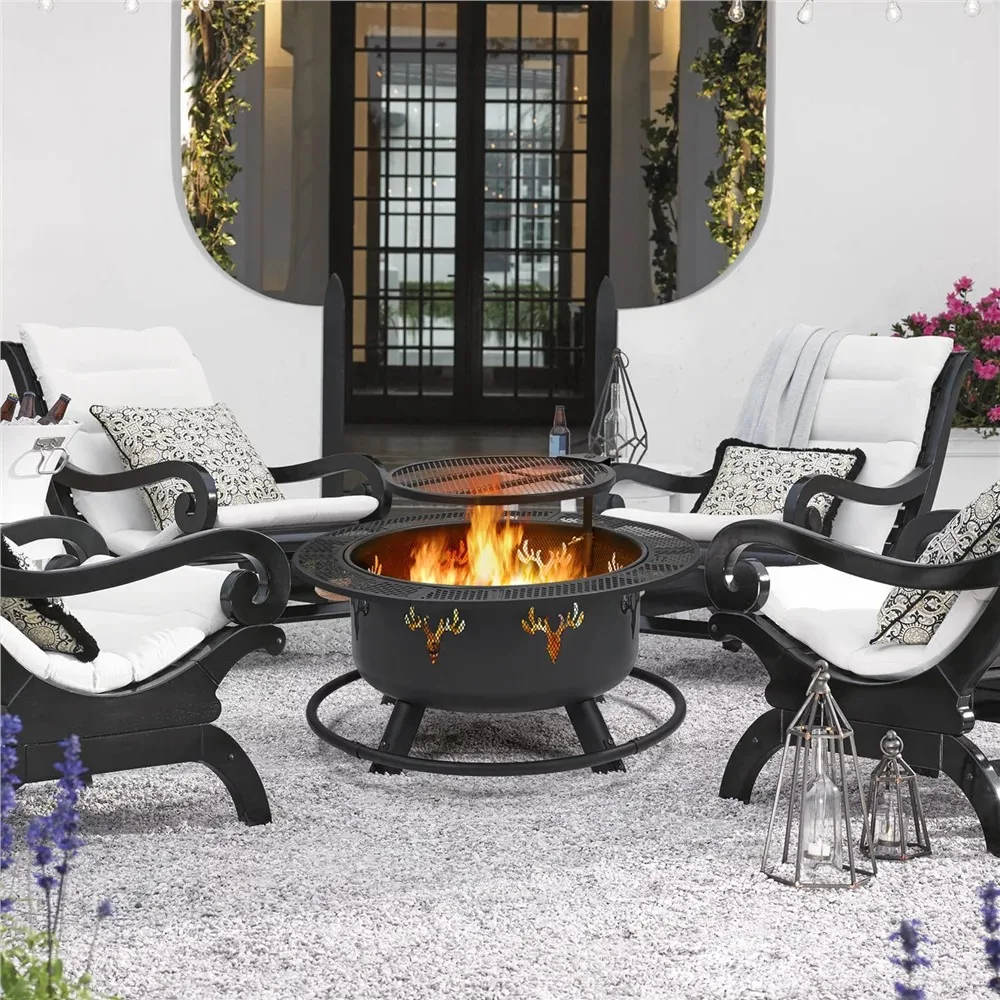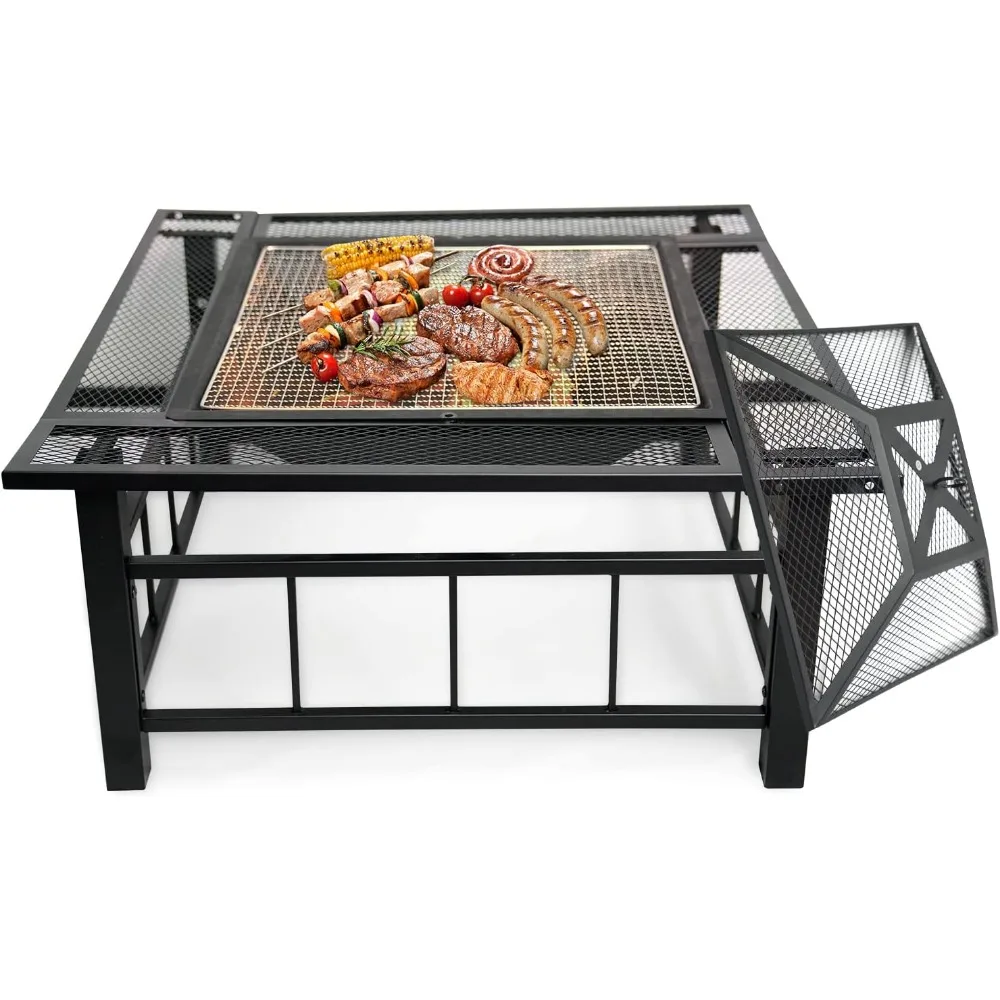Answering Your Frequently Asked Questions About Gas Fireplac…
One of the best ways to find the product that will work best for you is to ask questions about it. And when it comes to gas fireplaces, there can be plenty of questions to ask. Here are answers to some of the questions you might be asking:
What is the difference between a gas fireplace insert and a zero-clearance gas fireplace?
Many people confuse the two units or think they are one in the same. But they are actually two completely different types of units. The term zero clearance comes from its ability to be installed within zero inches of the surrounding combustible materials. Gas inserts can be thought of as an appliance that is installed within an existing masonry or wood burning unit. Typically they are installed as a way to upgrade or transform a wood fireplace to a gas unit.
Can I convert my wood burning fireplace into a gas fireplace?
Yes. Gas inserts are designed to help homeowners convert their existing wood burning or masonry fireplace into an efficient gas fireplace. Manufacturers provide gas inserts in a variety of sizes to ensure homeowners can easily find a gas unit that will fit inside their existing fireplace.
How long does it take a gas fireplace to heat up a room?
The answer to this questions depends on what unit you have installed and the unit’s heat output. For maximum heating efficiency you should match the heat output, measured in BTU’s (British Thermal Unit), with the features and specifics of your home. This includes the size of the area you are heating, how well your home is insulated, and the climate in which you live.
What does BTU mean?
BTU stands for British Thermal Unit. A BTU is unit of measurement for thermal energy, or heat. For example, one BTU equals the amount of energy that is used to increase the temperature of one pound of water one degree Fahrenheit at sea level.
Can gas fireplaces be installed in multiple rooms in my home?
Yes. Gas fireplaces can be installed just about anywhere, depending on the gas unit you purchase. These units can be installed in bedrooms, bathrooms, living rooms, kitchens, etc.
Can gas fireplaces be free-standing or do they have to be placed within a wall?
Where the fireplaces.html”>gas fireplace is installed depends on what venting it requires. Vent-free gas fireplaces can be free-standing because they do not require the use of a chimney or vent to the outdoors. Direct vent units require a wall for venting but a dual glass or triple glass screen can provide a unique look within interior walls of the home or room. Natural vent, or Class B, vent gas units will require use of an existing chimney and therefore must be placed within a specific wall.
How hot does the glass get when the unit is turned on?
The glass face on your unit will reach very high temperatures while on and will remain hot after the unit is turned off until the glass has a chance to cool. Because of the high heat levels of the glass be sure to keep young children and animals away from the glass surface. A safety screen can be used as a barrier to help reduce the risk of burns.
Does it cost less to run a gas fireplace or a furnace?
It is quite difficult to give a definite answer to this question. There are a few things to consider when making a comparison. To determine what heating unit is cheaper to run you would need to know the systems BTU consumption rating and the efficiency ratings of each system. Another thing to consider is the heat loss ratio, which is very difficult to measure.
Some argue that furnaces are more expensive to run because a lot of the heat is lost in the duct work. The technology used in modern gas fireplaces and the efficiency of these modern gas units will most likely keep the cost of running an efficient and well-maintained gas fireplace lower than the costs associated with running a furnace. But once again, with all the factors to consider, it is near impossible to determine which heating unit will cost less to run.
Is it okay to shut off the pilot light during seasons it is not in use?
The pilot light can be turned off, and manufacturer instructions can be followed to relight the pilot. However, before making the decision to shut it off, there are some pros and cons to look at.
Pros:
- You will be conserving energy, which means you will be saving money.
- Turning the pilot light off when the gas fireplace is not in use for a long period of time can reduce the development of film on the interior side of the glass face.
- When the pilot light is on, the glass is typically a little warm to the touch. No pilot light means cooler glass during warmer seasons.
Cons:
- There are safety risks associated with reigniting a pilot light. If you aren’t familiar with your gas fireplace‘s pilot light and settings you may run into some dangers to you, your home, and your gas unit.
- If you choose to turn your pilot light off for an extended period of time, you may find it difficult to light the pilot later.
- You increase the chance of spiders and other insects building homes in the pipes and blocking gas flow when you go to heat your home. If this happens, you will have to spend money to have a professional come and inspect your gas fireplace.
Matched Search: fireplaces
Home Design Ideas
#Answering #Frequently #Asked #Questions #Gas #Fireplac..














Leave a Reply
You must be logged in to post a comment.